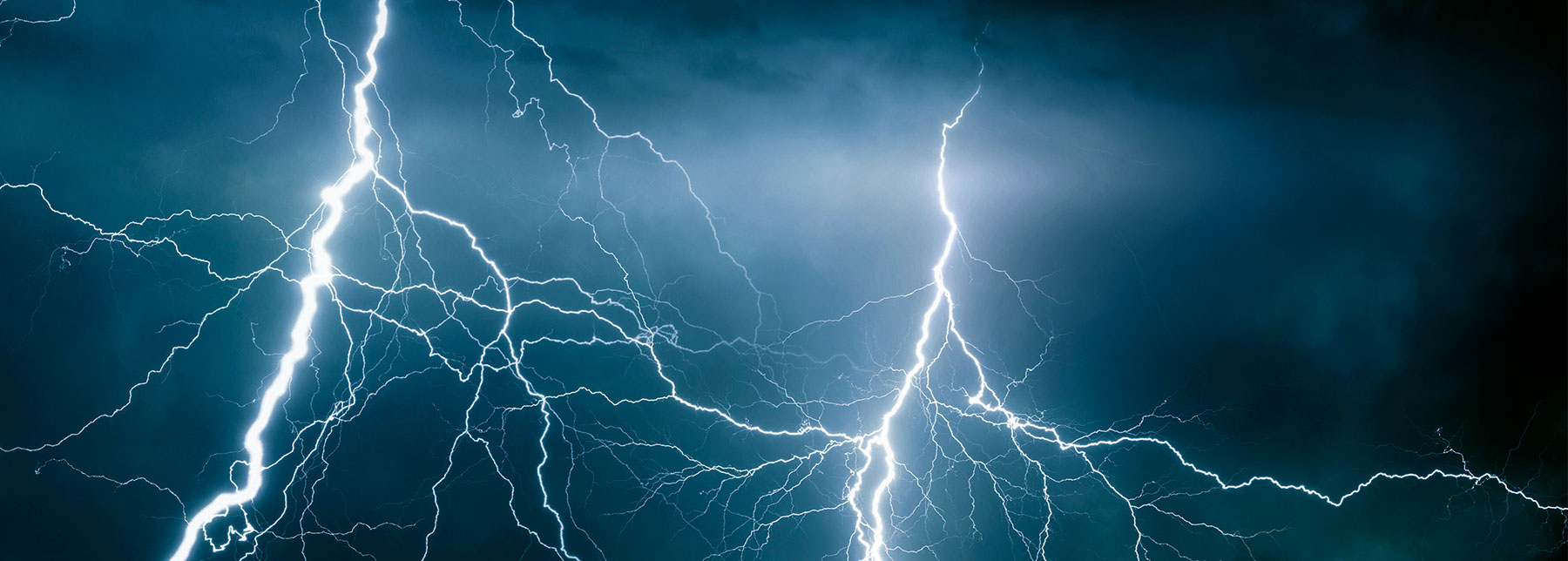
I was almost done with a design for a dense plasma focus system with only the minor detail of where to place the triggered spark gap remaining. Putting the spark gap on the low-side of the capacitor felt natural. But high-side switching with the spark gap floating would be just as easy since in either case the trigger generator would need to be decoupled from the spark gap with 50 kV doorknob capacitors.
With no clear choice between the two options, I built a pair of SPICE models to simulate the microsecond pulse created by firing the triggered spark gap. The impedance details of a dense plasma focus weren’t important to answering my high-side versus low-side question, so I used a 1 Ohm resistor in place of the DPF device.
Not surprisingly, discharging a capacitor through a resistor is essentially the same regardless of spark gap placement in the circuit. The only difference is pulse polarity relative to capacitor charging power supply polarity. You can run my simulation here (when viewing this page on a desktop computer) and fiddle with component values to see that both circuits perform the same regardless of load resistance:

Low-Side or High-Side?
Capacitor discharge high-side versus low-side
CONTACT
JOIN US
ABOUT US
choosing between a floating spark gap on the high-side of the capacitor bank and a grounded spark gap on the low-side is a toss-up when it comes to discharging
So choosing between a floating spark gap on the high-side of the capacitor bank and a grounded spark gap on the low-side is a toss-up when it comes to discharging though Marx generators are best at higher voltages. Still not sure which option to choose, I tweaked my models to focus on what happens when the capacitor is being charged from a high voltage power supply. That is, what happens before the spark gap is fired?
Under the assumption that the dense plasma focus is nonconducting and looks like a capacitor in the 10-100 pF range during the slow charge of the energy storage capacitor bank, I replaced the 1 Ohm load model with a small ideal capacitor. Since the spark gap doesn’t participate during charging, I replaced the dynamic spark gap model with a simple switch that is always open.
when the spark gap is on the low-side, the circuit doesn’t work because the load acts as a DC-block that blocks the capacitor bank charging current
A stark difference jumps out of the bushes when running this pair of SPICE simulations: the capacitor bank never charges when the spark gap is on the low-side. Let me repeat that. When the spark gap is on the low-side, which seems like the most obvious location, the circuit doesn’t work because the load acts as a DC-block that blocks the capacitor bank charging current.
If you add a voltage probe at “low_C_load” and reduce the simulation endpoint to 1 ms, you’ll discover another problem that might lead to surprising consequences. The capacitance of the DPF device is charged to 50 kV in a couple hundred microseconds. This could cause an unexpected momentary glow discharge or arc in the experimental chamber.
Although the choice between high-side and low-side switching looked like a toss-up at first, I found that the two options are only equivalent if the energy storage capacitor is initially charged. Placing the spark gap on the low-side prevents the capacitor from charging. Capacitors don’t charge themselves, so that eliminates low-side switching for powering a dense plasma focus. Luckily, floating a triggered spark gap is as easy as pie.
Thanks to Brian at Multisim Live for making interactive SPICE simulations possible.